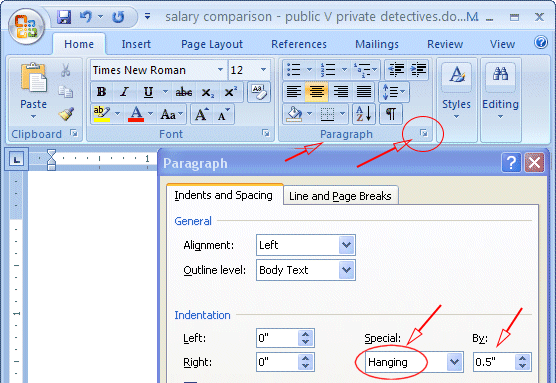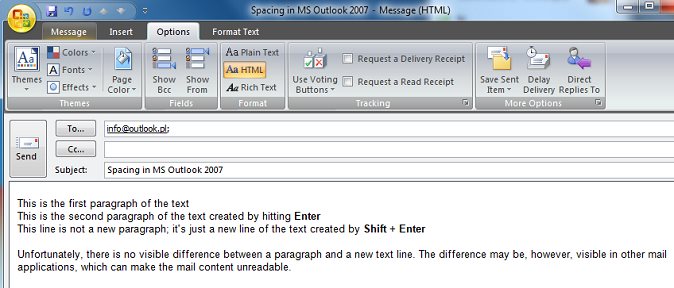
You can set the option as desired for any of your styles. Note the checkbox about two-thirds of the way down the dialog box entitled, "Don't Add Space between paragraphs of the Same Style." This setting controls whether spacing is cumulative between any two given paragraphs if the two paragraphs use the same style. The Indents and Spacing tab of the Paragraph dialog box. Make sure the Indents and Spacing tab is displayed.Word displays some categories of things you can specify in the style. Click the Format button at the bottom-left of the dialog box.Word displays the Modify Style dialog box. You can set it to Single if desired, but it won't > make that much difference. Note that the default is > 1.15, which isn't double.

> Spacing within a paragraph is set by Line spacing. Click the arrow to display some options and then choose the Modify option. For single spacing between paragraphs, set Paragraph Spacing After: to 0 > instead of 10.(As an example, hover over the Normal style.) A down-arrow appears at the right side of the style name. 3 Hover the mouse pointer over a style you want to modify. (If you want no extra spacing between paragraphs, set the spacing at 0 points.) Click the Set As Default button > Select All documents based on the Normal.Click the small down-arrow at the lower-right corner of the Styles group.This option is actually part of the style definitions you can create within Word. There is a caveat to my statement that "spacing is cumulative." Word has a configuration option which, under certain circumstances, can turn off the cumulative nature of spacing. You will make your design and layout work much easier if you are consistent in where you add the extra space-either before or after a paragraph. For example, if you have a paragraph that is formatted for 12 points of space after it, followed by a paragraph formatted for 15 points of space before it, then there will be 27 points of space between the paragraphs. Remember, however, that the spacing is cumulative. Word allows you to add extra space either before or after a paragraph. It shows a small preview screen so you get a general idea of how it will look.It is not uncommon for page layout designs to call for extra spacing between paragraphs.

If you select Line Spacing Options you can tweak it even more. Again with Live Preview you’ll be able to hover over the different spacing options and see how it will look. Then on the Ribbon in the Paragraph group click on the Line and Paragraph Spacing button. If you only want to change the line spacing in select parts of a document, highlight the text to change. Here we set it to Word 2003 and anytime we start a new document, it will default to this Style Set with Spacing set to 1.0.Ĭhange Line Spacing in Selected Portions of Documents To set it as default go to Change Styles then Set as Default. You might want to the Style Set to default to the one you choose every time you start a new document. Next time you create a new document in Microsoft Word, these default settings will be applied. In the Spacing section, change After to 0 pt and Line spacing to Single. Once you find one you like just click on it. As you can see in the side-by-side comparison of the line spacing windows, PowerPoint 2003 keeps it simple and straightforward by enabling you to edit spacing in terms of lines.In PowerPoint 2007, you alter the spacing between and within paragraphs primarily in terms of points. Step 3: Change paragraph and spacing settings. Hover over any of the Sets in the list and the entire document will change. And here is an example of the Manuscript Style Set.


 0 kommentar(er)
0 kommentar(er)
